Eco-label for exceptionally ecofriendly systems
Living in harmony with nature and the environment while preserving the basis of life for mankind as well as flora and fauna is more than ever a challenge for all societies and cultures of this world. Environmental governance is a comprehensive issue relating to industrial, emerging and developing countries. It is also an important issue in terms of the increasing world population, which will exceed the seven billion mark in 2011. The prognosis for world population by 2014 is 8 billion and by 2050 it will surpass 9 billion. Issues concerning nourishment, food supply, resources and commodities therefore need to be addressed urgently.
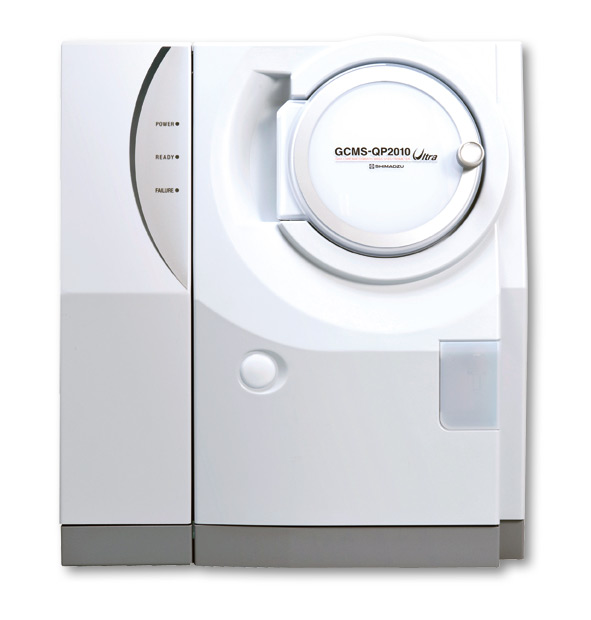 GCMS-QP2010 Ultra
GCMS-QP2010 Ultra
Sustainability, environmental and climate protection cannot be delegated. These issues concern each and every individual, families, groups, societies, as well as corporations being part of the economic cycle and industries which are consuming and processing resources.
Different thinking, counteracting and adopting new attitudes and actions are feasible – this route has already been pursued frequently and successfully. Rivers have been renaturated, catalytic converters have been built into automobiles, lead-free fuels have been introduced, the use of CFC’s has been banned, and regulations such as RoHS, WEEE as well as the German Drinking Water Ordinance have been implemented. Of course, there is still much that needs to be done. It is a road taken in small steps, as it is not always easy to get everyone on board.
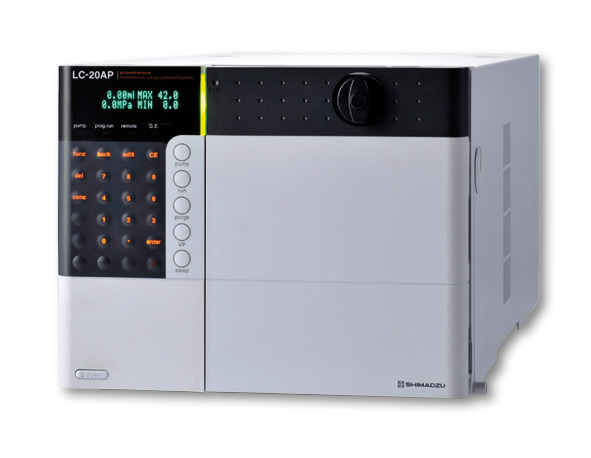 LC-20AP
LC-20AP
General lines are drawn, for instance, by the United Nations Environment Programme (»UNEP Environmental ‘Blue Angel’«) in the Montreal or Kyoto Protocols. On national levels there are Ministries for the Environment, while the corporate world employs environmental protection officers.
Since the mid 1990’s Shimadzu has specified ‘environmental protection and harmony with nature’ in its ‘Cubic Heart’ symbol as part of its corporate philosophy. Shimadzu’s analytical instruments contribute to the protection of human health and the environment. Many systems help to recognize negative effects on the environment, for instance conventional gas chromatographs are applied for the analysis of pesticides in the environment and in foods.
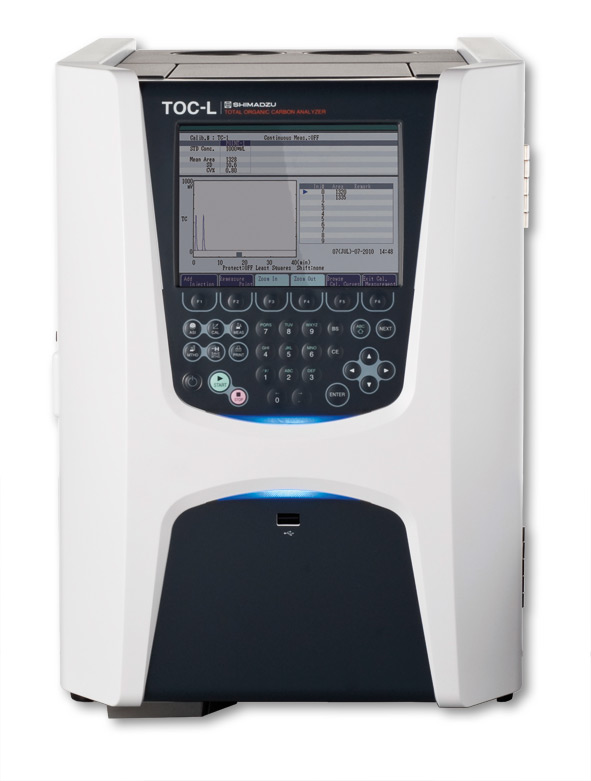 TOC-L
TOC-L
Combatting global warming is one of the most urgent tasks of the future. Shimadzu has therefore issued an energy-saving program. Through energy-friendly manufacturing processes, CO2 emissions have been reduced in its production facilities – for instance by use of solar energy. The rate of consumption of composite materials has also been reduced. The percentage of green office supplies and production materials could be increased to 90 % respectively 66 %. Technical improvements of air conditioning systems as well as wastewater treatment also contribute to environmental protection at Shimadzu.
Shimadzu has created its own eco-label under which new products have been developed which generate less CO2 emissions during operation. These new products use at least 25 % less energy compared to their predecessor models, thereby reducing running costs.
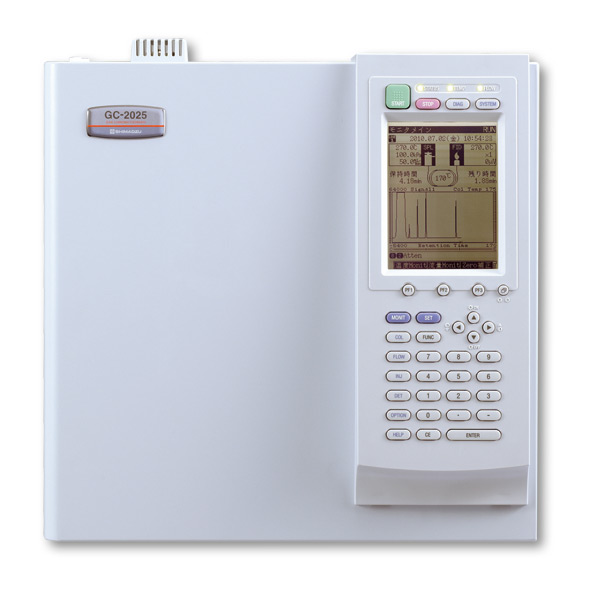 GC-2025
GC-2025
In addition to lower materials and lower energy consumption, one of the current instruments – the GCMS-QP2010 Ultra – also features an eco-mode for stand-by operation. Furthermore, environmentally friendly materials in accordance with RoHS guidelines were used in the manufacture. Further savings in the operation of these instruments, for instance via the reduction of consumables and applied gases or an extension of maintenance interval, also have an effect on the supply chain. This reduces the need for on-site service and contributes to energy saving at customer service departments.
The eco-label is already featured on Shimadzu’s GCMS-QP2010 Ultra and SE and the LC-20AP systems, as well as the brand-new GC-2025 and the TOC-L series.
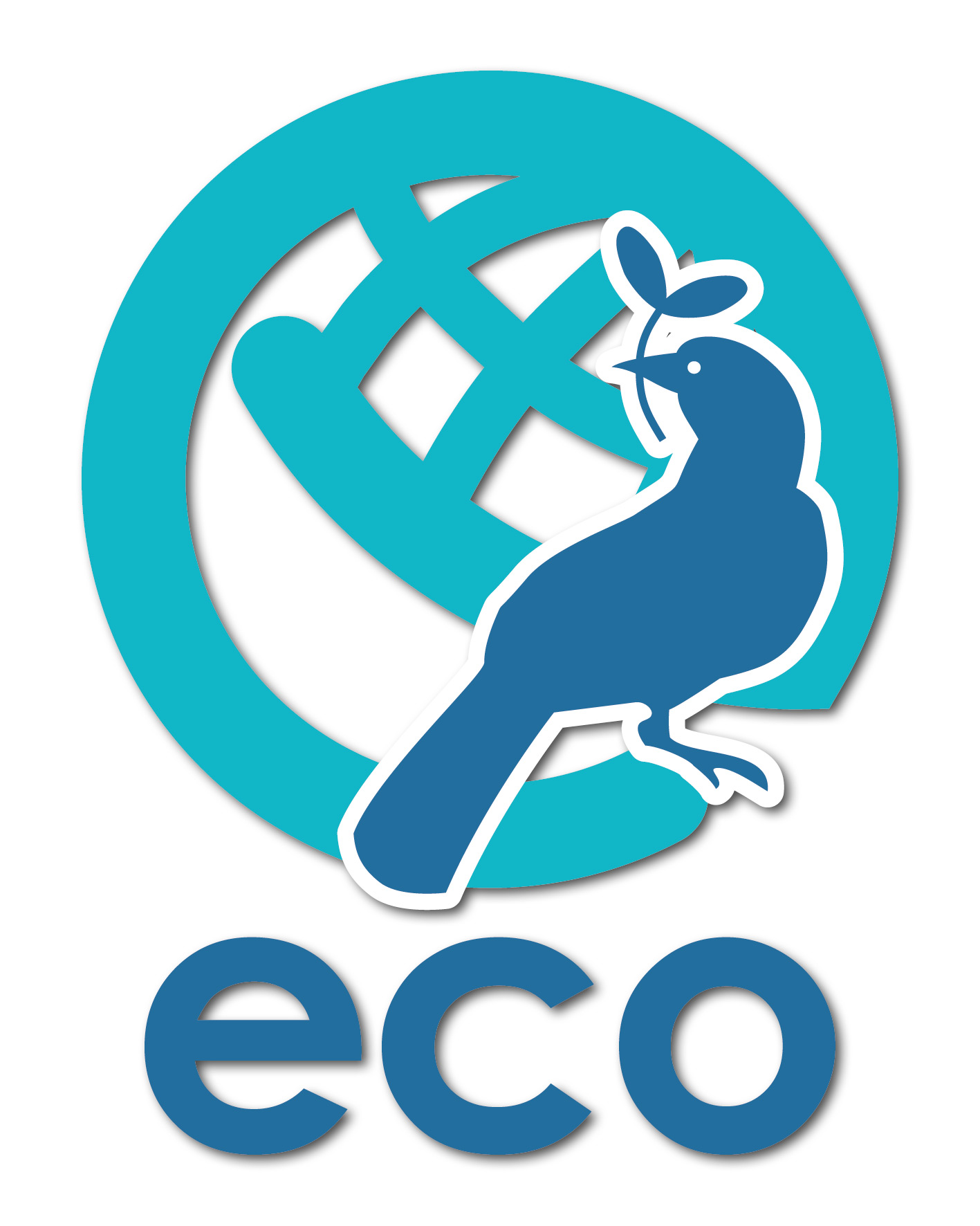 Shimadzu eco-label
Shimadzu eco-label
In Japan where Shimadzu, in addition to instrumental analysis systems, also offers other product segments (for instance semiconductors), many instruments already carry the new eco-label. In Europe four eco-label instruments have now been introduced to the market and others will follow. The most recent ones (GC-2025 and TOC-L series) are presented on pages 17 (201101_008) and 22 (201101_012) of this issue.